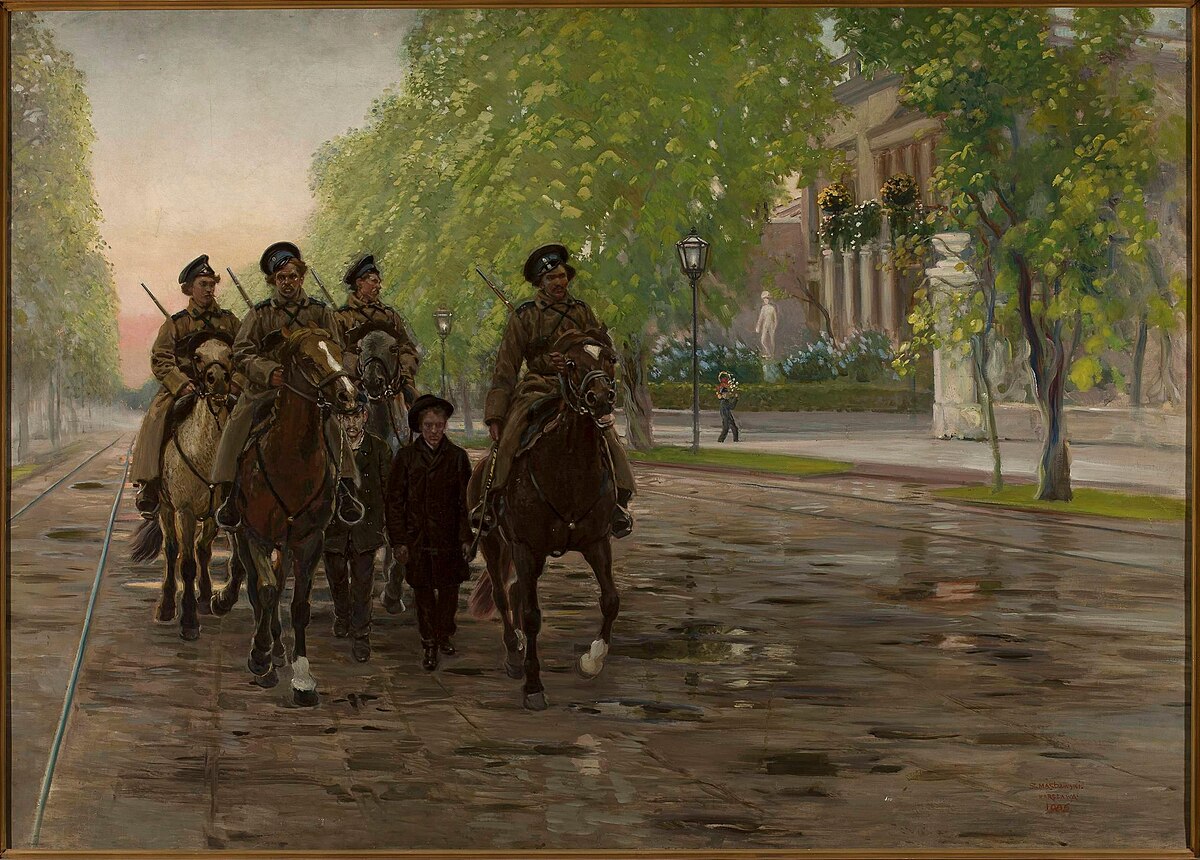
The Revolution of 1905
PolandThe Revolution of 1905–1907 in Russian Poland, the result of many years of pent-up political frustrations and stifled national ambitions, was marked by political maneuvering, strikes and rebellion. The revolt was part of much broader disturbances throughout the Russian Empire associated with the general Revolution of 1905. In Poland, the principal revolutionary figures were Roman Dmowski and Józef Piłsudski. Dmowski was associated with the right-wing nationalist movement National Democracy, whereas Piłsudski was associated with the Polish Socialist Party. As the authorities re-established control within the Russian Empire, the revolt in Congress Poland, placed under martial law, withered as well, partially as a result of tsarist concessions in the areas of national and workers' rights, including Polish representation in the newly created Russian Duma. The collapse of the revolt in the Russian Partition, coupled with intensified Germanization in the Prussian Partition, left Austrian Galicia as the territory where Polish patriotic action was most likely to flourish.
In the Austrian Partition, Polish culture was openly cultivated, and in the Prussian Partition, there were high levels of education and living standards, but the Russian Partition remained of primary importance for the Polish nation and its aspirations. About 15.5 million Polish-speakers lived in the territories most densely populated by Poles: the western part of the Russian Partition, the Prussian Partition and the western Austrian Partition. Ethnically Polish settlement spread over a large area further to the east, including its greatest concentration in the Vilnius Region, amounted to only over 20% of that number.
Polish paramilitary organizations oriented toward independence, such as the Union of Active Struggle, were formed in 1908–1914, mainly in Galicia. The Poles were divided and their political parties fragmented on the eve of World War I, with Dmowski's National Democracy (pro-Entente) and Piłsudski's faction assuming opposing positions.
